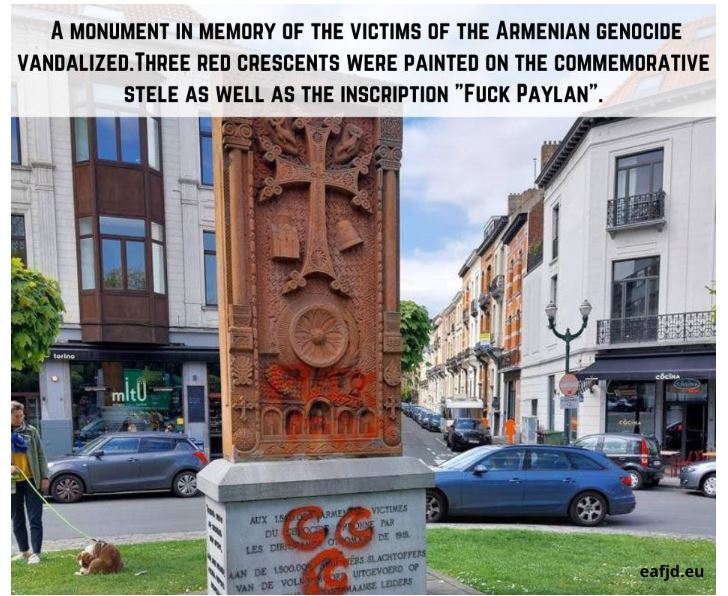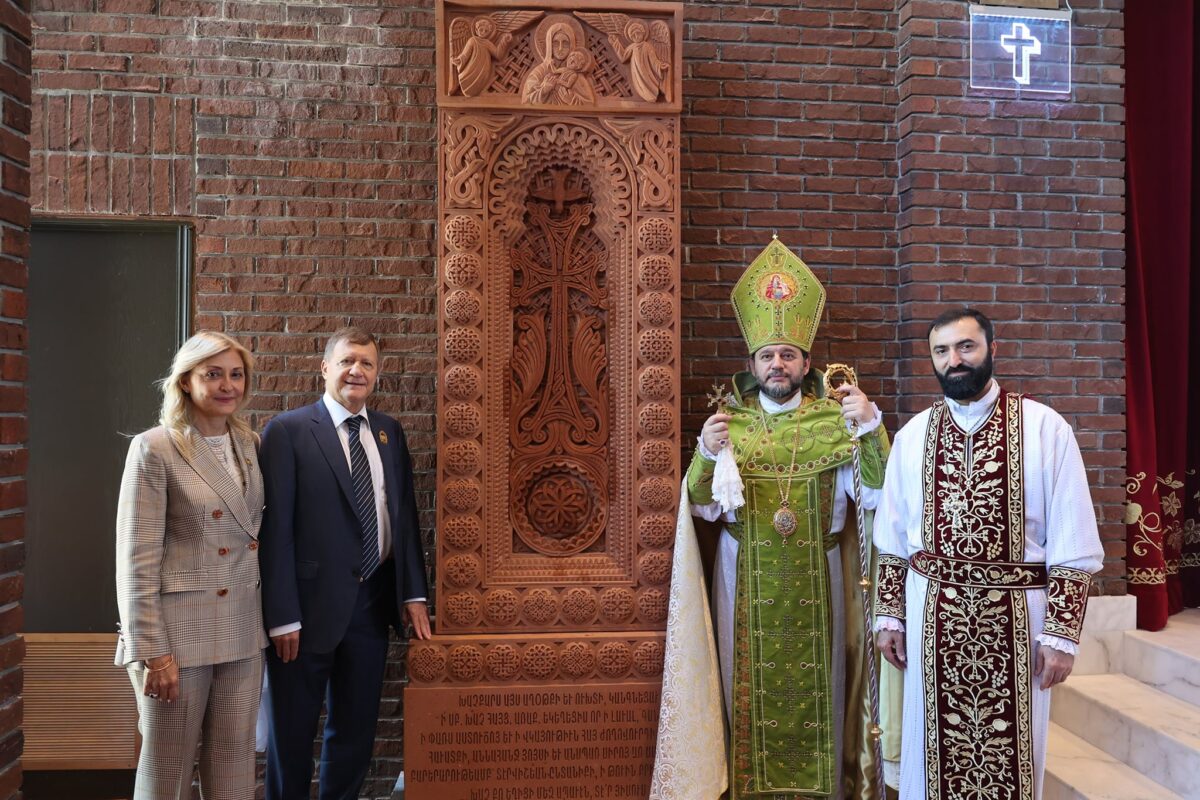by The Armenian Mirror-Spectator
WATERTOWN — The Armenian Museum of America recently announced the opening of two new exhibitions in its galleries. The first, “The Art of the Armenian Khachkar,” was curated by Helen C. Evans, an academic advisor to the museum who is the Mary and Michael Jaharis Curator of Byzantine Art Emerita at the Metropolitan Museum of Art.
The second exhibition, “Merchants and Maps,” highlights 17 original maps from the museum’s collection that illustrate Armenian cartography from the 1600s to the 1900s.
The khachkar, which means “cross stone,” is recognized worldwide as a symbol of the Armenian people. In 2010, UNESCO placed khachkars on the List of the Intangible Cultural Heritage of Humanity. Since the 9th century, Armenians have used khachkars as memorials to people and events. Over the centuries, their designs became increasingly elaborate and some even became venerated as miracle-working objects, notes Dr. Evans in the exhibit text.
Read also
The khachkar on display has a unique history. It was carved from tuff by Vanadzor-based sculptor Bogdan Hovhannisyan. The 630-pound slab of volcanic stone was shipped from Armenia to Washington, DC, where it was carved during the Smithsonian Folklife Festival held on the National Mall. The 2018 event, “Armenia: Creating Home,” presented traditional crafts and foods integral to the identity of the Armenian people.
“The Armenian Museum was excited to acquire this piece from the Smithsonian Institution because we wanted to highlight the artistry of the khachkar. We wanted an authentic piece,” noted Executive Director Jason Sohigian, “but we did not want to remove a khachkar from its historical location in Armenia. This work has everything going for it because it is intricately carved, and Bogdan is a master carver continuing a tradition of Armenian artisans who have been making khachkars for more than 1,000 years.”
This exhibition is sponsored by Garabed and Aghavny Tovmassian-Kasparian of Worcester, who provided a leadership gift in honor of their ancestors who were survivors of the Armenian Genocide. Mrs. Tovmassian sadly passed away this week, and the khachkar was blessed in a ceremony at the Museum by her pastor, Rev. Fr. Torkom Chorbajian.
Turning to the cartography exhibition, Curator Gary Lind-Sinanian explains that the art of map-making combines the disciplines of science, history, geography, and artistic calligraphy to depict a three-dimensional world in a two-dimensional form. In recent centuries, people rarely traveled further than 50 miles from their birthplace, so maps provided a glimpse of a vast unknown world of mystery and imagination.
Half of the maps in this new exhibition were produced in Venice by the Mekhitarist Order on the Island of San Lazzaro and were donated by Paul and Vicki Bedoukian. Extensive family networks and a gift for languages allowed Armenian merchants to dominate trade to Southeast Asia for centuries, adds Lind-Sinanian. This trade network understood the value of detailed maps, and many of the world maps on display are in the Armenian language. One large map is from the collection of Arakel Almasian, who is a long-time Trustee of the Museum.
This exhibition is supported by a donation made in memory of Alice and John Alabilikian.




























































